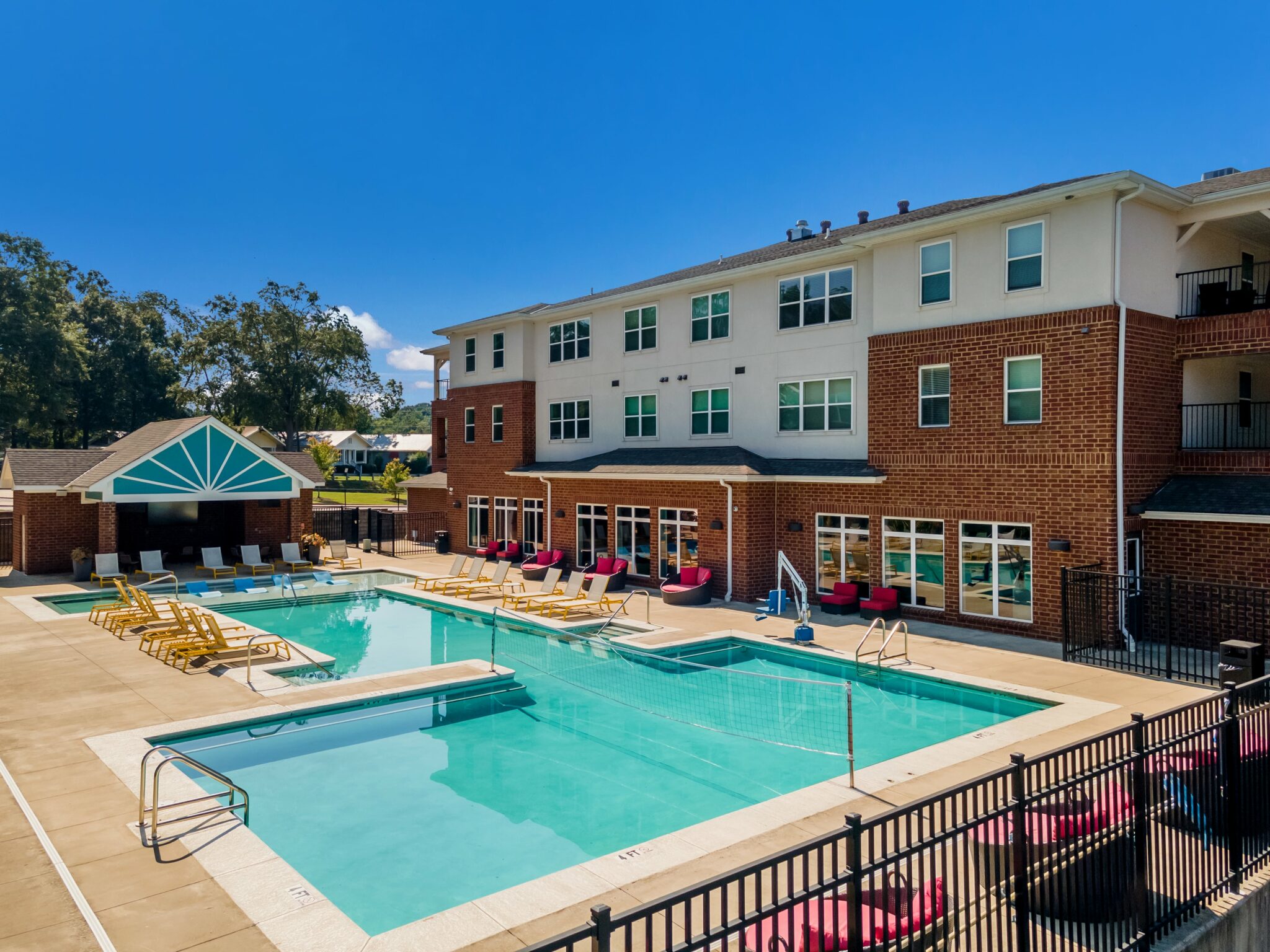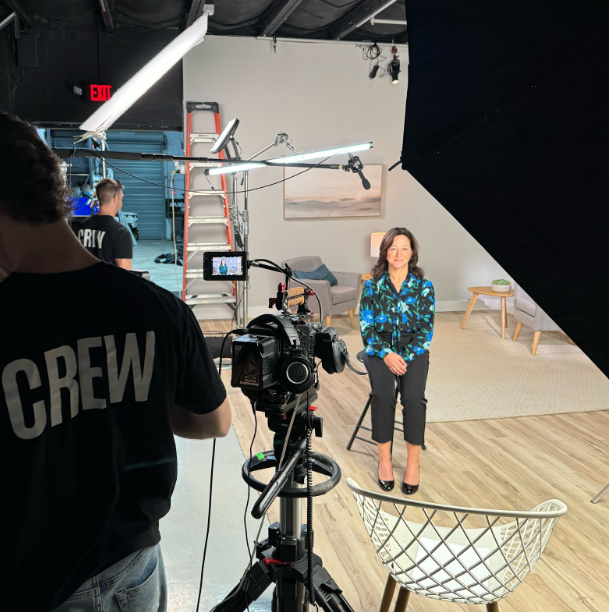Regulations and Safety for Aerial Videography Services

In several fields, including real estate, filmmaking, surveying, and others, aerial videography has emerged as a fascinating and crucial tool. Stunning aerial photography now offers a distinct viewpoint that was before difficult to accomplish. But as the need for Aerial Videography Services grows, it’s critical to maintain safety and follow the law. We examine the importance of safety and rules in aerial videography in this essay and how they support a successful and ethical operation.
Safety Comes First:
The foundation of any aerial videography service is safety. Both operators and members of the public may be exposed to risks when using drones or other flying platforms. To reduce these hazards and guarantee a smooth operation, it is essential to create thorough safety measures. Aerial videography service providers must invest in their operators’ training, giving them the knowledge and abilities to operate the equipment securely and negotiate various situations.
Navigating Regulatory Frameworks:
Local governing bodies and aviation authorities have several restrictions that apply to the aerial videography industry. These rules ensure that airborne activities are done in a way that doesn’t endanger the general public’s safety or invade people’s privacy. Before doing any aerial activities, service providers for aerial videography must become aware of these rules and acquire appropriate licenses or permits.
Getting the Correct Permissions:
Using drones or other airborne platforms for commercial purposes frequently necessitates securing the appropriate permissions. These approvals could include unique authorizations or remote pilot licenses for particular circumstances or locales. Providers of aerial videography services must carefully follow these guidelines to prevent legal issues and guarantee that their operations are legal.
Equipment upkeep and quality standards are also part of safety, which goes beyond standard operating procedures. Drones or other airborne platforms must undergo routine inspections and maintenance tests to operate well. Equipment that is properly maintained lowers the possibility of problems while in flight, improving operator and public safety. Maintaining top-notch equipment also helps to provide aerial footage that is both expert and visually appealing.
Keeping an eye out for the environment:
Aerial videography done responsibly keeps an eye out for the environment. Operators need to consider noise pollution, sensitive locations, and wildlife habitats. Aerial videography service providers can help preserve natural settings and keep a good reputation in the industry by abiding by ethical standards and reducing interruptions.
Client and Public Education:
Raising awareness of the value of following rules and safety procedures among clients and the general public is one way to advance aerial videography safety. Providers of aerial videography services should explain the dangers of aerial operations and make clients aware of any relevant legal obligations. Public awareness-raising also aids in preventing unlawful drone flights and encourages community-wide responsible drone usage. Check out for more info. Real Estate Photography.
Conclusion:
Aerial videography has revolutionized how we record and view images by providing a distinctive viewpoint previously only possible with pricey equipment or elaborate setups. Aerial videography services must prioritize safety and abide by laws to succeed. Aerial videography service providers may run a responsible business by creating strict safety measures, navigating legal frameworks, getting the necessary approvals, maintaining equipment, limiting environmental effects, and educating customers and the general public. Aerial videography will continue to flourish while upholding the highest safety and compliance standards if creativity and responsibility are balanced.








